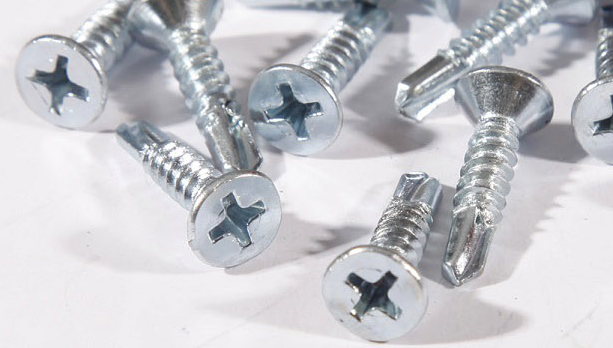self tapping screw countersunk head
The Versatility and Utility of Self-Tapping Screws with Countersunk Heads
Self-tapping screws with countersunk heads are essential fasteners in various applications, from simple home repairs to complex industrial projects. Their unique design and functionality provide several advantages over traditional screws, making them a preferred choice for many DIY enthusiasts and professionals alike. In this article, we will explore what self-tapping screws with countersunk heads are, their benefits, and their typical applications.
What Are Self-Tapping Screws?
Self-tapping screws are specially designed screws that can create their own hole as they are driven into materials. This eliminates the need for pre-drilling, making installation faster and more efficient. The innovative design features a sharp, pointed tip and a spiral thread that cuts into the material, whether it be wood, metal, or plastic. This self-tapping capability simplifies assembly processes, particularly in situations where speed and efficiency are paramount.
Characteristics of Countersunk Heads
The countersunk head of a screw refers to a design feature that allows the head of the screw to sit flush with or below the surface of the material into which it is being driven. This creates a smooth finish, which is often aesthetically pleasing and reduces the risk of snagging on surrounding materials. Additionally, the countersunk design can help distribute the load more evenly, minimizing stress on the surrounding area.
Advantages of Self-Tapping Screws with Countersunk Heads
1. Efficiency in Installation One of the primary benefits of self-tapping screws with countersunk heads is the significant time savings they offer during the installation process. The ability to tap their own hole eliminates the need for additional tools like drills, streamlining assembly and reducing labor costs.
self tapping screw countersunk head

2. Aesthetic Appeal The flush fit of countersunk screws ensures a neat and professional appearance. This is particularly important in visible applications where the finished product's look matters, such as in cabinetry or decorative installations.
3. Enhanced Strength and Stability The design of countersunk screws helps provide a more stable and secure fastening. As the screw sits flush with the surface, it can resist fatigue and minimize loosening over time, making it suitable for high-stress applications.
4. Versatile Material Compatibility Self-tapping screws can be used in various materials, including softwoods, hardwoods, metals, and plastics. Their versatility makes them an invaluable component in multiple industries, from construction and manufacturing to electronics and automotive.
5. Ease of Removal and Replacement If a self-tapping screw needs to be removed, it can be done with standard screwdrivers or power tools without the risk of damaging the surrounding material, making maintenance simple and efficient.
Common Applications
Self-tapping screws with countersunk heads are used in numerous applications. They are prevalent in furniture assembly, particularly in flat-pack furniture where ease of assembly is crucial. In construction, these screws are often used to attach drywall, metal sheeting, and other components. The automotive and aerospace industries also rely on self-tapping screws for assembling various components, where reliability and durability are essential.
Conclusion
Self-tapping screws with countersunk heads represent a significant advancement in fastening technology, combining efficiency, strength, and aesthetic appeal. Their ability to simplify installation processes while providing a strong, flush fit makes them indispensable in a variety of settings. Whether you're a DIY enthusiast tackling a home improvement project or a professional in the construction industry, these screws are an excellent choice for achieving reliable and visually pleasing results. As innovation in materials and design continues, the role of self-tapping screws in both everyday and specialized applications is likely to expand even further.
-
Weatherproof Plastic Expansion Anchors for OutdoorIroyinJun.06,2025
-
Sustainability in the Supply Chain: Eco-Friendly TEK Screws ProductionIroyinJun.06,2025
-
Load-Bearing Capacity of External Insulation FixingsIroyinJun.06,2025
-
Double Head Bolts: Enhancing Efficiency in Industrial MachineryIroyinJun.06,2025
-
Corrosion Resistance in Chipboard Screws: Coatings for Wholesale DurabilityIroyinJun.06,2025
-
Butterfly Toggle Bolts : Enhancing Structural ResilienceIroyinJun.06,2025
